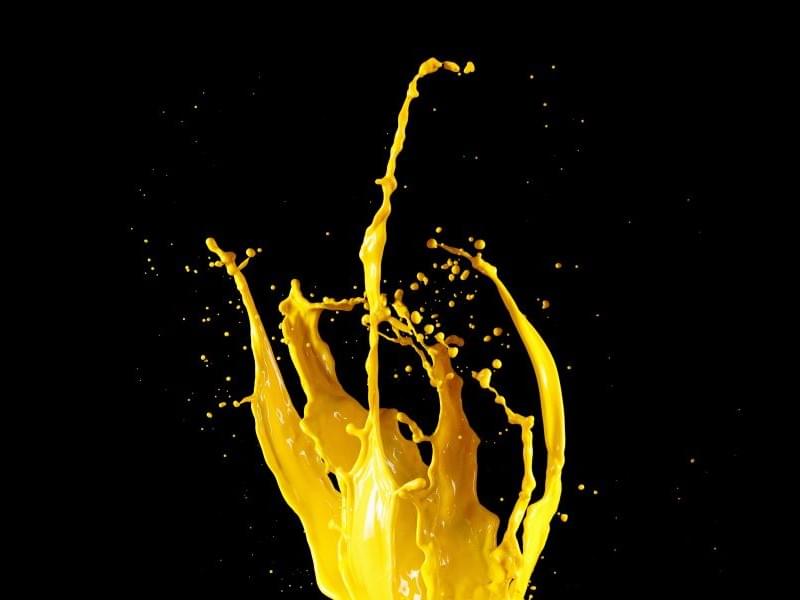LEATHERHEAD, Surrey, UK and AKRON, Ohio, USA – March 03, 2021 – Global demand for bio-derived solvents, pigments, additives, resins used in inks is accelerating fast as brands and print service providers across all segments look to minimise their impact on the environment.
A new exclusive study from Smithers –
The Future of Bio-based Inks and Coatings to 2026 – projects that in 2021 this market will be worth a total of $5.86 billion worldwide. This will advance rapidly at a compound annual growth rate (CAGR) of 7.90% to reach a forecast value of $8.57 billion in 2026.
This is providing a major spur to R&D activity even as ink suppliers adjust their product portfolios to a print landscape radically reshaped by the Covid-19 pandemic. Smithers’ forecasting includes multiple scenarios for this impact across six world regions and 20 leading world markets.
This analysis is segmented further by major print processes, and critical analysis of the leading end-uses. Packaging remains the largest market application – with bio-based flexo inks using innovative green materials, like nitrocellulose, already on the market. Parallel opportunities are also increasing in publications and graphics work, as corporate sustainability goals and government regulations expand to minimise the carbon impact of multiple business processes. In these segments offset litho operators already have several bio-based options, such as soy-based newsprint inks.
There is an array of non-petroleum solvents that can be used in printing inks – including soybean, palm, sunflower, rapeseed, vegetable oils; or ethanol. While resin options include bio-based acrylics, urethanes and polyamides. The palette for bio-based pigments features algae or wood derived dark pigments to replace carbon black.
Each will present their own technical challenges to match performance parameters, like quality and runnability, given by existing petroleum-derived solutions. Smithers’s analysis profiles these, as well as the specific demands in individual end-use segments. This is contextualised further by analysis of the evolving regulatory environment for new ink components and sustainability, such as the EU’s strategy to make all chemicals sustainable by design; and how these can be sourced effectively as supply chains adjust to a post-Covid economy.
The brand new Smithers study
The Future of Bio-based Inks and Coatings to 2026 delivers unparalleled detail on the rapidly developing market for the green printing consumables. Its exclusive data set is enhanced by full analysis of impact of Covid-19 on all end-use markets and ink supply chains; the evolution of print and finishing equipment; and potential regulatory challenges.
